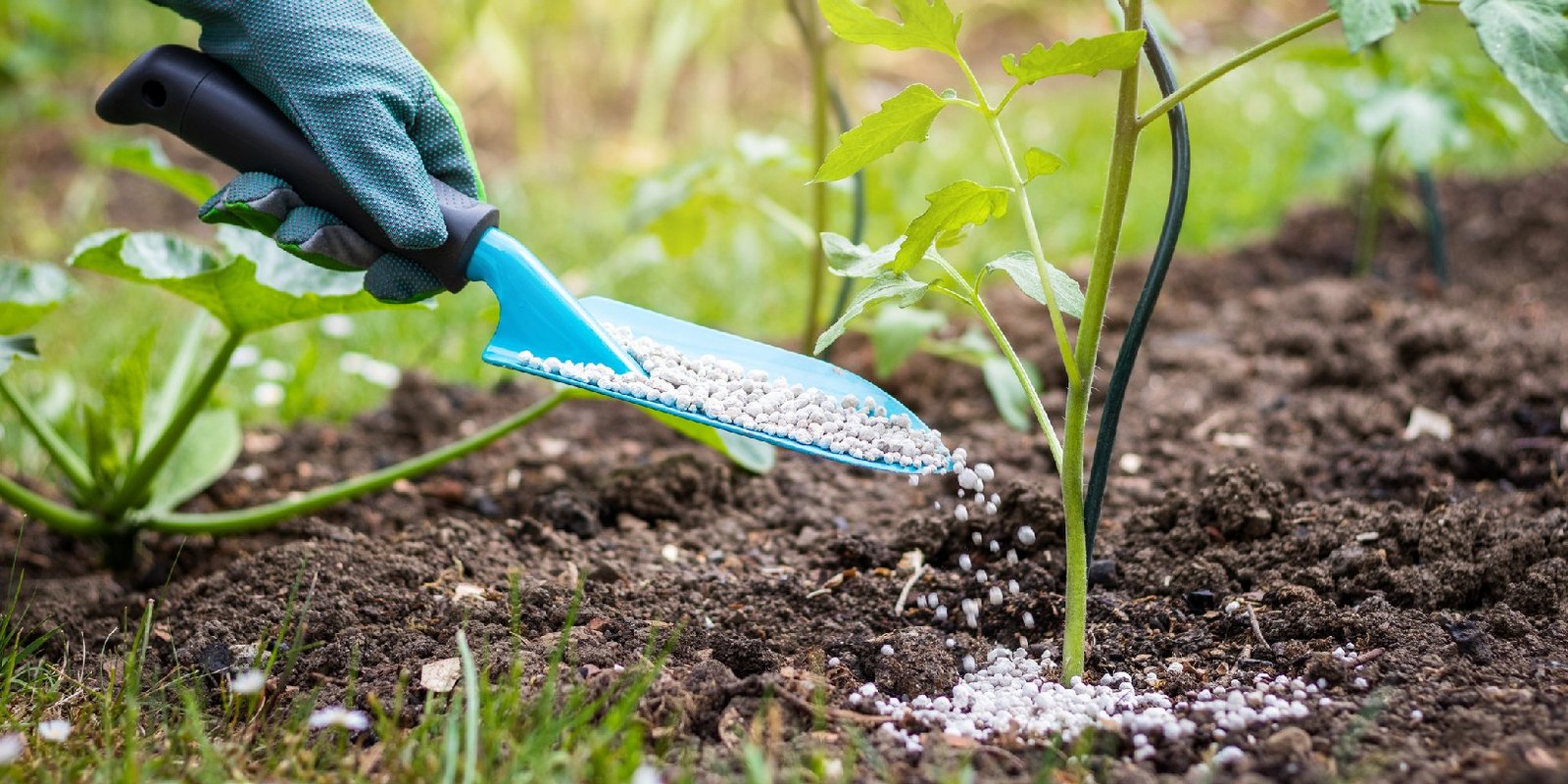Gardening can be a rewarding and therapeutic hobby, but keeping plants healthy and vibrant requires understanding how to water them effectively. Proper watering is one of the most important aspects of garden care, especially during dry or hot weather. In this guide, we’ll cover essential watering gardening tips to help your plants thrive.
1. Know Your Plants’ Water Needs
Different plants require varying amounts of water. Some, like succulents and cacti, thrive in drier conditions and need less frequent watering. Others, such as leafy vegetables, are thirstier and demand more regular hydration. Research the water needs of each plant in your garden to avoid over or underwatering.
2. Water Early in the Day
Watering early in the morning allows plants to absorb moisture before the day heats up, reducing water loss through evaporation. Morning watering also prepares plants to handle the day’s sunlight better, ensuring they stay hydrated.
3. Use the Right Watering Technique
How you water your plants is just as important as when you do it. Avoid watering leaves directly, as this can encourage mold and disease. Instead, aim for the base of the plants so water reaches the roots where it’s needed most. Using drip irrigation or soaker hoses can make this process easier and more efficient.
4. Check Soil Moisture Before Watering
Overwatering can be as damaging as underwatering, so it’s essential to check soil moisture before watering. Insert your finger about an inch into the soil; if it feels dry, it’s time to water. For larger gardens, consider using a moisture meter to monitor soil moisture more accurately.
5. Water Deeply and Infrequently
Instead of frequent, light watering, give your plants a deep soak so water penetrates the soil. This encourages roots to grow deeper, making plants more resilient to drought. Aim to water less often but make sure the water reaches the deeper layers of soil.
6. Mulch to Retain Moisture
Applying a layer of mulch around your plants can help retain soil moisture, reduce evaporation, and even prevent weeds. Organic mulch, like wood chips or straw, is especially beneficial because it also adds nutrients to the soil as it decomposes.
7. Be Mindful of Weather Conditions
Adjust your watering schedule based on the weather. During rainy periods, hold off on watering, as excess moisture can lead to root rot. Conversely, during hot and dry spells, you may need to water more frequently to keep plants hydrated.
8. Group Plants with Similar Water Needs
Grouping plants based on their water needs makes it easier to manage your watering schedule. For example, keep drought-tolerant plants together, and place thirstier plants in another area. This strategy simplifies your watering routine and ensures each plant gets the proper amount of water.
9. Avoid Overwatering in the Cooler Months
Plants need less water during cooler weather or when they’re dormant. Overwatering during these times can harm plant roots and lead to mold growth. Reduce your watering frequency in fall and winter, especially for plants that go dormant in these seasons.
10. Invest in Quality Watering Tools
The right tools can make watering your garden much easier. Consider using a watering can with a gentle spout, a hose with an adjustable nozzle, or even an automatic irrigation system for larger gardens. Quality tools help control water flow and ensure even distribution.
Final Thoughts
Proper watering is key to a healthy garden. By understanding your plants’ needs and following these gardening tips, you can ensure your garden flourishes year-round. Visit Gardens Nursery for more expert advice on landscaping, garden care, and lawn maintenance to make the most out of your garden space!
